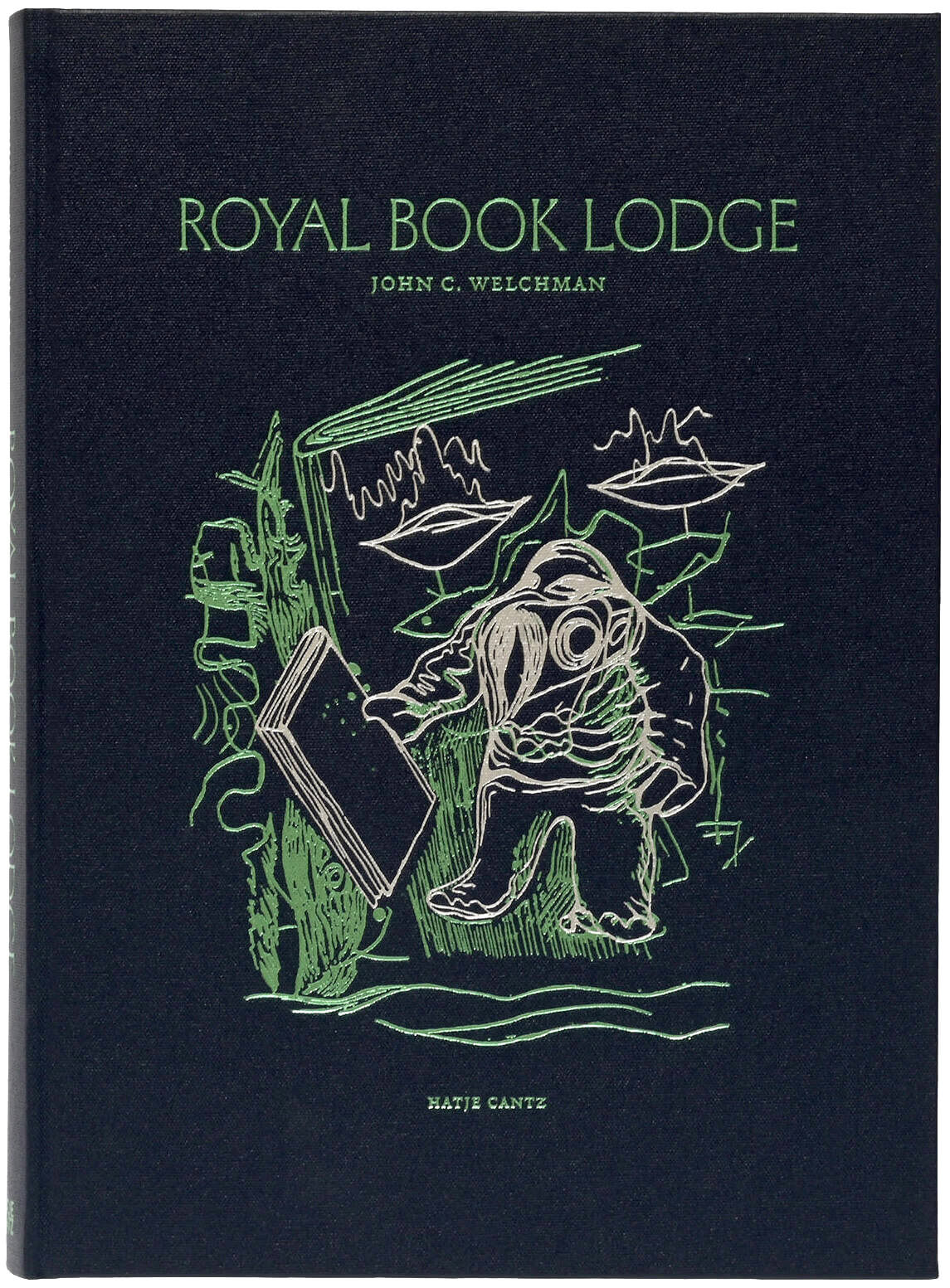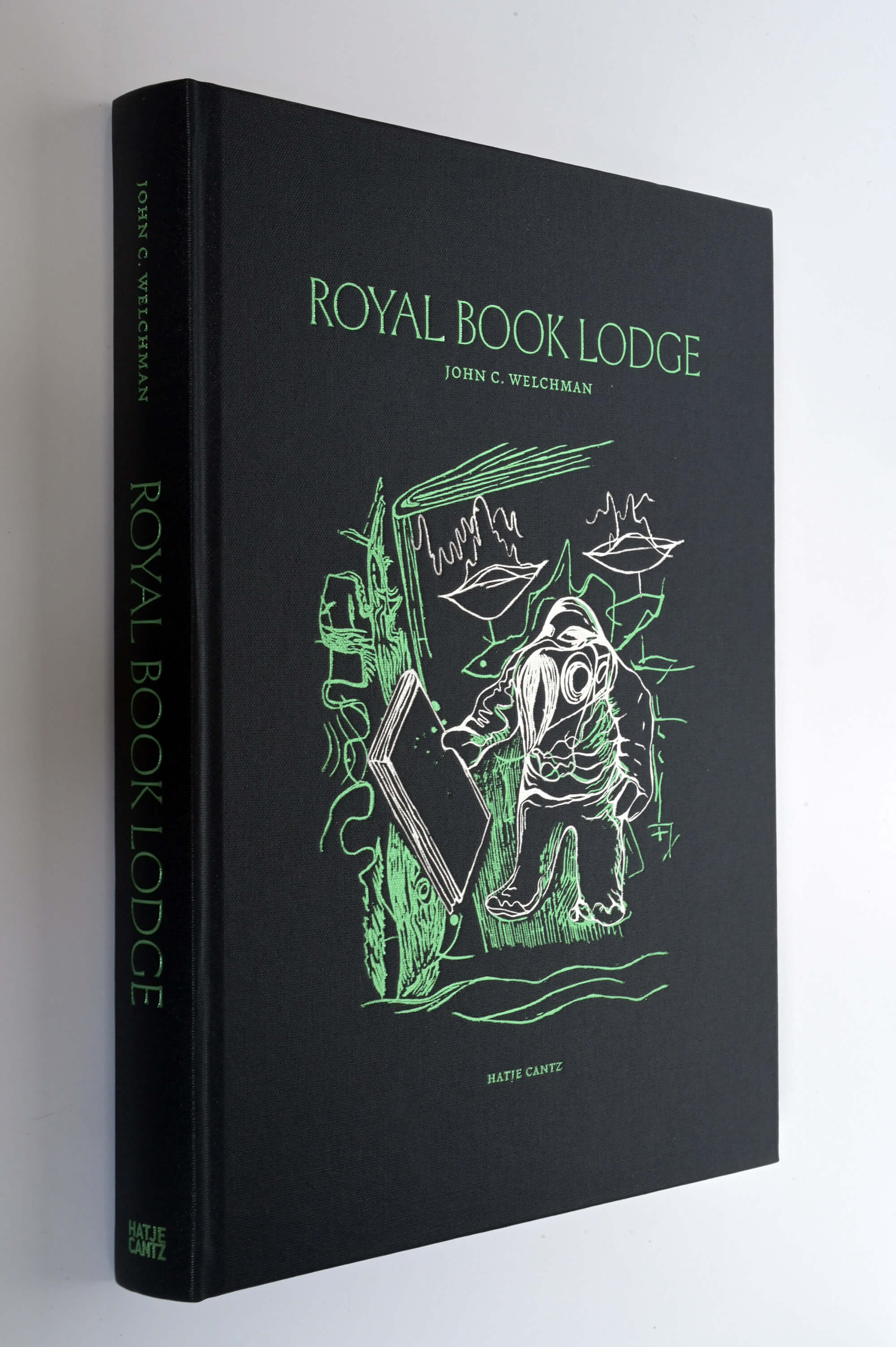(…) this book arose in the slipstream of my attempts to figure this out. The historian in me wanted to know more about what seemed like a significant engagement with various avant-garde and neo-avant-garde formations, especially with the Situationist International and some of its former members. My interests in contemporary art prompted an inquiry into how and on what terms the RBL navigated between the practices of some thirty different artists in Europe and North and South America and generated both collaborative and non-collaborative work. I was fascinated by the disparate spectrum of material, generic and geographical orientations taken on by RBLers, and by their resistance to being defined by the standard languages and practices of group or collective affiliation. What follows are some answers to these questions, or, perhaps better, some notes on, and reformulations of, them. After four years of back-and-forth, including a couple of extended visits to Montreuil—broken up, alas, by the coronavirus pandemic—I can see quite clearly that the Royal Book Lodge isn’t, exactly, any of the things I thought it might be.
What I can venture, however, is that questions raised and discussed by the Royal Book Lodge press up again some of the fundamental issues of our times: the radical reconception of materialities and bodies associated with renewed interrogation of the category “human”; a continued mutation in the making and functionality of images; and the need to better integrate, care, project, and prepare for the necessary transformations of the future.
—John C. Welchman
 Renowned art historian John C. Welchman provides the first in-depth study of more than 30 years of creative activity by the Royal Book Lodge (RBL), a nimble and richly innovative network of international artists. Chapters examine the history and contexts of the RBL’s pathbreaking work in photography, video, ceramics, writing, artist’s books, archiving and collecting, and exhibition-making. Welchman discusses the leading ideas and practices of the formation as they have played out in the diverse cultural and political geographies of RBL affiliates and initiatives: narratives of displacement and migration; constructs of biography and fiction; notions of remote control; experiences and contestations of violence; and the RBL’s signal collaborations with the protagonists and legacy of the Situationist International.
Renowned art historian John C. Welchman provides the first in-depth study of more than 30 years of creative activity by the Royal Book Lodge (RBL), a nimble and richly innovative network of international artists. Chapters examine the history and contexts of the RBL’s pathbreaking work in photography, video, ceramics, writing, artist’s books, archiving and collecting, and exhibition-making. Welchman discusses the leading ideas and practices of the formation as they have played out in the diverse cultural and political geographies of RBL affiliates and initiatives: narratives of displacement and migration; constructs of biography and fiction; notions of remote control; experiences and contestations of violence; and the RBL’s signal collaborations with the protagonists and legacy of the Situationist International.
☛ Royal Book Lodge emerged in the late 1980s from a collaboration between artists Juli Susin and Véronique Bourgoin. Affiliates include Raisa Aid, Kai Althoff, Anne Lefebvre, Linda Bilda, André Butzer, Matali Crasset, Guðný Guðmundsdóttir, Beate Günther, Tobias Hauser, Andy Hope 1930, Dorota Jurczak, Jochen Lempert, Roberto Ohrt, Jonathan Meese, Birgit Megerle, Raymond Pettibon, Jason Rhoades, Julia Rublow, Lucia Sotnikova, and Gianfranco Sanguinetti, among others. ☛ John C. Welchman is Distinguished Professor of Art History, Theory and Criticism, University of California, San Diego. He is the author of Modernism Relocated: towards a cultural studies of visual modernity (1995); Invisible Colors: A Visual History of Titles (1997); Art After Appropriation: Essays on Art in the 1990s (2001); Guillaume Bijl (2016); Past Realization: Essays on Contemporary European Art (2016); After the Wagnerian Bouillabaisse: Essays on European Art 1900-70 (2019); and Richard Jackson (2020).
